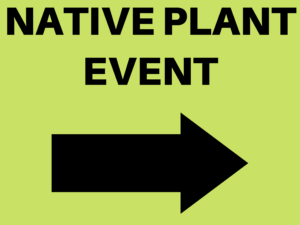Join us for our Fall Plant Sale on October 5 at the UH-Clear Lake campus! Get ready to shop our selection of native plants—here’s all the important info you’ll need.
Schedule
| Tree & Shrub Pre-order: August 8 – 23 | |
| Closed | Tree & shrub pre-order pick up at the in-person plant sale, Oct 5. |
| Plant Sale: Saturday, October 5 | |
| 8 – 11 a.m. | Plant sale open to the public. Pre-order pick up. |
Don’t forget to bring your wagon or cart to carry your finds! We accept credit cards and cash.
Plant Prices
Prices range from $4 to $25. Look for signs throughout the sale for pricing information.
We will also have Debra’s handmade soaps for $5! And a discount table with all items priced at $2.
Raffle - Cash Only
Enter for a chance to win a wren house! Tickets are $2 (cash only). This is perfect for enhancing your backyard habitat and welcoming native wildlife into your garden.
Yard Signs
Spruce up your garden with a yard sign! Show off your commitment to native plants and pollinators with these options:
- Biodiversity Sign (English): $25
- Native Plant Society Membership Sign (English or Spanish): $20
Ask the Expert
We’ll have experts on hand to answer your questions about native plants.
5 Tips to Love Your Native Plants from the Start
Fall Plant Sale Flyer – Please share and post to community bulletin boards.
Location
EIH is located on the UHCL campus at 2700 Bay Area Blvd. Enter Entrance 2, take a left on Bayou Rd., and follow the signs to the NOA 1 Bldg. Or use Entrance 3 on Middlebrook Dr. and take a right into parking lot D4.
Look for these signs around campus:



